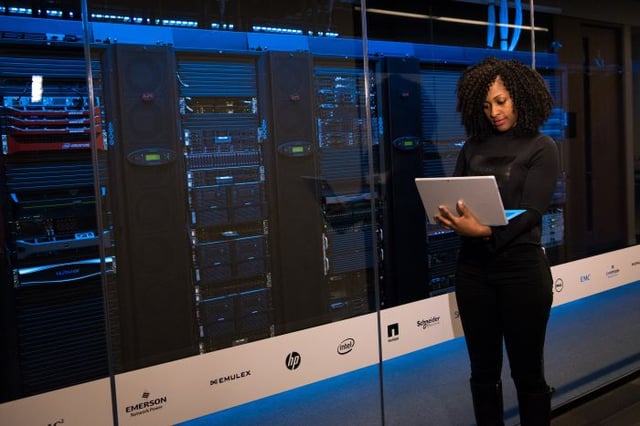Debunking the Top Data Center Myths After selling its x86 server business to Lenovo, many people have been questioning IBM’s overall commitment to hardware. To put those questions to rest, IBM today unveiled a new family of servers based on a new IBM POWER8 processor architecture. At the core of the new offering are five […]

Debunking the Top Data Center Myths

After selling its x86 server business to Lenovo, many people have been questioning IBM’s overall commitment to hardware. To put those questions to rest, IBM today unveiled a new family of servers based on a new IBM POWER8 processor architecture.
At the core of the new offering are five new Power System S-class servers, two of which run Linux only, while the other three run Linux, AIX and the IBM System I operating systems.
In addition to launching the new servers, IBM is also extending its reach into the open source community by formally announcing support for the Kernel-based virtual machine (KVM) developed by Red Hat on IBM Power Systems, while extending its support for Linux to include the Ubuntu distribution from Canonical.
Lisa Johnston, vice president of worldwide marketing for IBM Power Systems, says that because POWER8 processors can support as much as 1TB of cache and feature significantly enhanced I/O capabilities, they are ideally suited for Big Data applications that need access to lots of memory and multithreaded processing capabilities.
To bolster the fundamental economics of the POWER8 processor, IBM also announced the 24 members of the recently formed OpenPOWER consortium. Many of these organizations are looking to leverage POWER8 processors to build custom servers that will more cost effectively scale to handle Big Data applications running in the cloud, says Johnston. As demand for these classes of servers increases, the ability to keep pace with x86 processor pricing will continue as more POWER8 processor manufacturing capacity comes on line in the years ahead.
While IBM has clearly struggled in terms of hardware sales of late, much of that issue is related to product development cycles. With the availability of POWER8 systems, IBM is not only looking to upgrade its traditional Power Systems series of database servers, but also provide a raft of new high-performance Big Data applications that are currently still under development. The degree to which IBM succeeds in the face of stiff x86 server competition remains to be seen. Thus far, IBM has invested about $1 billion in pursuit of new Linux applications for Power processors, so for now it looks like the company is finally ready to take that fight to market.
MV
Michael Vizard is a seasoned IT journalist, with nearly 30 years of experience writing and editing about enterprise IT issues. He is a contributor to publications including Programmableweb, IT Business Edge, CIOinsight and UBM Tech. He formerly was editorial director for Ziff-Davis Enterprise, where he launched the company’s custom content division, and has also served as editor in chief for CRN and InfoWorld. He also has held editorial positions at PC Week, Computerworld and Digital Review.









